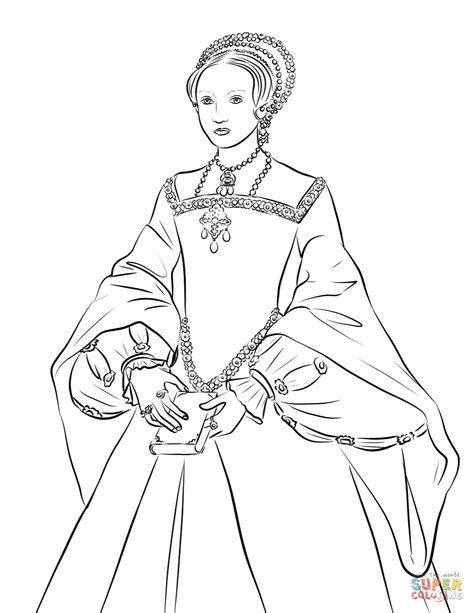Queen Elizabeth 1 Dibujo


Queen Elizabeth 1 Dibujo
[quads id=11]
Queen Elizabeth I, also known as Queen Elizabeth Dibujo, was one of the most iconic monarchs in English history. Born on September 7, 1533, Queen Elizabeth ruled England from 1558 until her death in 1603. She was the daughter of King Henry VIII and Anne Boleyn, and her reign is often called the Elizabethan era.
Queen Elizabeth was known for her intelligence, wit, and diplomatic skills. She was a skilled politician and strategist, and she navigated the turbulent waters of Tudor politics with grace and poise. Queen Elizabeth was also a patron of the arts, and her reign is often considered a golden age of English literature and drama. Playwrights like William Shakespeare and Christopher Marlowe flourished under her reign, and she was known for her love of music, dance, and theater.
One of the most famous portraits of Queen Elizabeth I is the Dibujo portrait. Painted by an unknown artist in the late 16th century, the Dibujo portrait depicts Queen Elizabeth as a powerful and regal monarch. She is shown in elaborate court dress, with her signature red hair and pale complexion. The portrait captures the essence of Queen Elizabeth’s personality – strong, confident, and imposing.
Queen Elizabeth ruled over a time of great change and upheaval in England. Her reign saw the defeat of the Spanish Armada, the flowering of English culture, and the expansion of England’s influence around the world. Queen Elizabeth was a shrewd leader, and she was able to maintain stability and prosperity in a time of great uncertainty.
Queen Elizabeth’s legacy has endured for centuries. She is remembered as one of England’s greatest monarchs, a woman who defied convention and stereotypes to rule with wisdom and strength. The Dibujo portrait, with its depiction of Queen Elizabeth as a powerful and majestic ruler, is a fitting tribute to her legacy. Queen Elizabeth I Dibujo will always be remembered as a queen who left an indelible mark on English history.